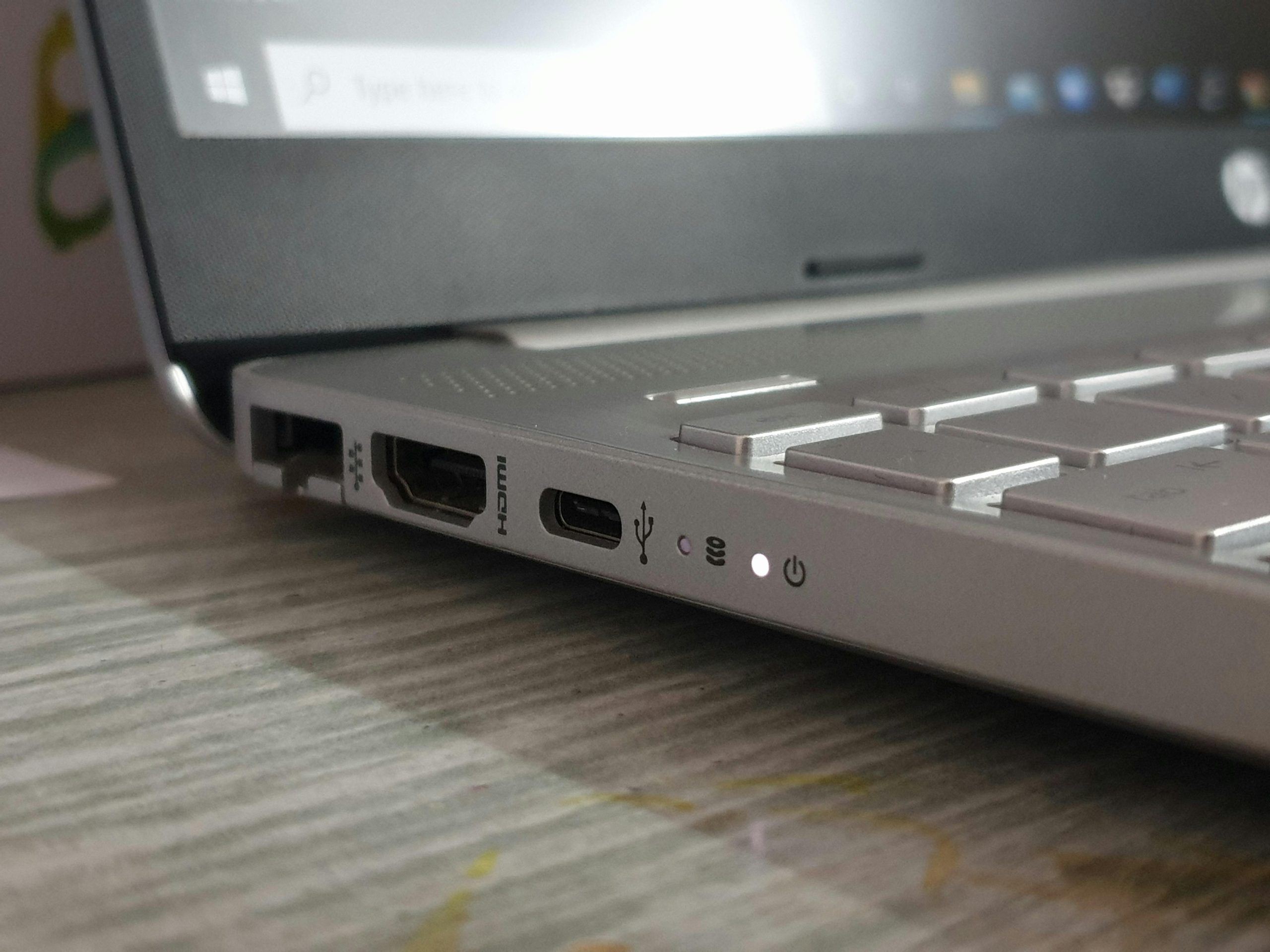Understanding the Limited USB Ports on Most Budget mATX Cases Under $70
When exploring affordable micro-ATX (mATX) computer cases, a common pattern emerges: many models feature only a single USB 3.0 port and a single USB 2.0 port on the front panel, especially those priced under $70. This design choice often prompts curious enthusiasts and professionals alike to question the reasoning behind such limitations, particularly given that modern motherboards typically have multiple USB headers compatible with front-panel ports.
In this article, we delve into the factors influencing this setup, exploring the technical, manufacturing, and design considerations that lead to the minimal front-panel USB port offerings on budget-friendly mATX cases.
The Role of Motherboard USB Headers and Their Versatility
Most contemporary motherboards are equipped with multiple internal USB headers—often two or more—designed to connect front-panel USB ports and other internal USB devices. These headers generally support a variety of configurations and can accommodate multiple ports through different adapters.
Given this flexibility, it might seem logical for case manufacturers to maximize the number of front-panel USB ports, especially considering the available header connections on the motherboard. However, this isn’t always the case, prompting a closer look into the reasons behind limited front-panel port availability.
Key Factors Contributing to Limited Front-Panel USB Ports
1. Cost Constraints and Budget Priorities
One of the primary reasons manufacturers opt for fewer front-panel USB ports is cost. Producing cases under $70 often involves economies of scale and simplified manufacturing processes. Incorporating additional USB ports requires extra internal wiring, connectors, and ports—each adding to the production cost.
By limiting the number of front-panel ports, manufacturers can reduce material and assembly costs, allowing them to offer competitive pricing. For users requiring more USB connectivity, adding expansion via internal headers or USB hubs is a flexible and cost-effective solution.
2. Design Simplicity and Compact Form Factor
Simplified front-panel designs often translate to cleaner aesthetics and easier manufacturing. Many budget mATX cases prioritize a minimalist approach, focusing on essential features to appeal to a broad audience.
Furthermore, space constraints within compact cases make it challenging to accommodate multiple USB ports while maintaining airflow and structural integrity. Limiting front-panel connectivity helps achieve a more streamlined design.
3. Focus on Basic User Needs
In many cases, especially for server or workstation builds, users may not need numerous front USB ports.
Share this content:



